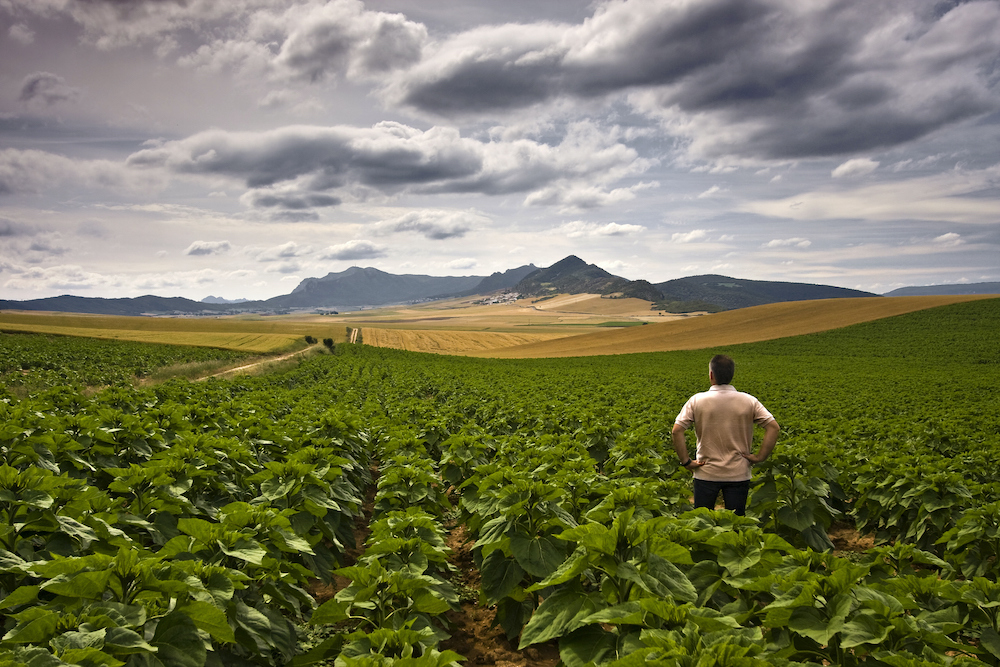Produce Geek: peak season tastiness is a strong consumer driver

By ProduceGeek.com and OrganicProduceGeek.com co-founder Jonathan Steffy
 If "local" is the thing, how do imports fit in?
If "local" is the thing, how do imports fit in?
The intoxicating aroma of freshly baked peach crisp wafted from our kitchen as my wife and I waited. This wasn't any peach crisp. It was made from chin-drippingly juicy, sticky-sweet, peak season peaches allowed to ripen to perfection on the trees. I bought them that morning from a kind woman on the porch of her old stone home at their family-owned orchard just a few miles from our house. She had shared her favorite peach crisp recipe with me, and now it was ready to enjoy. Delicious!
The day switched gears as only hours later we were off to become new parents, welcoming our first born to the world. Talk about an emotional connection to peaches!
Root connections
Eating local, seasonal food is not new, but making the connection back to farms and orchards; to their town, county, state or region through food choices is something more firmly on the radar of many consumers than ever before. For some it is about reducing food miles, the concept that buying produce grown near them is better for the environment because it travels less distance. For some it is the perception that fruits and vegetables grown near them are somehow safer, healthier.
Others believe that produce from their area tastes better, is fresher. Many feel that buying local supports small farms, businesses and the economies of their community. Still others feel pride in buying local, thinking it a noble cause, a topic of conversation for friends and family – or these days, with their Twitter followers and Facebook friends.
Whether these reasons for buying "local" are idealistic, valid, flawed, scalable or not is, well, irrelevant. Even the term "local" is un-definable. But consumers know it and define it when they feel it. And there it is.....we're dealing with emotion-based buying decisions. Facts and counterpoints will only change perceptions so much. The growing trend of favoring local, seasonal produce is undeniable.
I've eaten fruit right off the trees from New Jersey to California. You could fly me to Chile in late January to try their best peach, but good luck convincing me there is a better peach than ones from my hometown orchard in Pennsylvania. My personal example may be extreme, yet feelings-based decisions like this influence consumers across the country more than ever.
Counter-seasonality pitfalls
For all of this fuss about local, consumers still want fresh grapes, apples, asparagus, blueberries, plus other core fruits and vegetables to be available whenever they get a craving or a recipe calls them. Many shoppers expect most everything to be available in a produce department all year long, and large retailers operationally appreciate continuity. Counter-seasonal supply is an obvious strategy for importers, exporters, and even domestic producers from the places like FL, CA, AZ and TX that ship their product across the country while the rest of us shiver in the cold.
Is counter-seasonal supply enough to drive sustainable growth for importers or exporters and other non-local suppliers as consumers desire to eat more locally and seasonally? A focus on lowest-cost production and logistics featuring acceptable quality, and then hoping for good global market conditions seems like a lousy long-term strategy to me.
Plenty of those same customers that expect each item to be available in the produce department even when local supplies are exhausted, also like the idea of eating what is in season regardless if it came from down the road or not. They want flavor, value and an experience. If those aspects aren’t there, the product is just a commodity to them, something mass produced elsewhere – no connection.
Peak season performance
Consider this - I love peak season blueberries. It used to be that the North Carolina and New Jersey seasons were the only times to get a decent tasting berry. Import berries were often expensive and didn’t have good texture or consistent flavor. But over the past decade the South American blueberry deal has really advanced. These days I look forward to peak season blueberries from Chile in January and February. Yum! Shoppers are clued in that it is a good time to purchase when retailers promote them in full pints instead of 4.4oz or 6oz packs. Now I have two peak seasons to anticipate!
Progressive produce marketers have moved beyond highlighting when their fruit or vegetable is new to market or the only one available, and instead concentrate on getting consumers excited about when their product tastes the best, is available at a value because it’s at the height of the season. First of the season or extended season (holding product until the market is right for the grower or shipper to make high returns) marketing plans create temporary gains but can alienate the shopper if there is no story to connect to, or worse, the eating experience was poor.
If you are an importer or exporter or other non-local supplier, get us excited about your peak season, your time for best flavor. Otherwise, we’ll only buy it if we really need it or if you put it on sale – cheap, and then we’ll pine for the local season.
My son's birthday will be here soon. A sublime local peach crisp will bring my wife and I back to that special day. (Who am I kidding! There will be lots of peach crisps – plural!) And then September will bring local Honeycrisp apples – sweet ! But we also can’t wait for creamy Ataulfo mangoes from Mexico in March through May, and crisp Jazz apples from New Zealand in July.










































